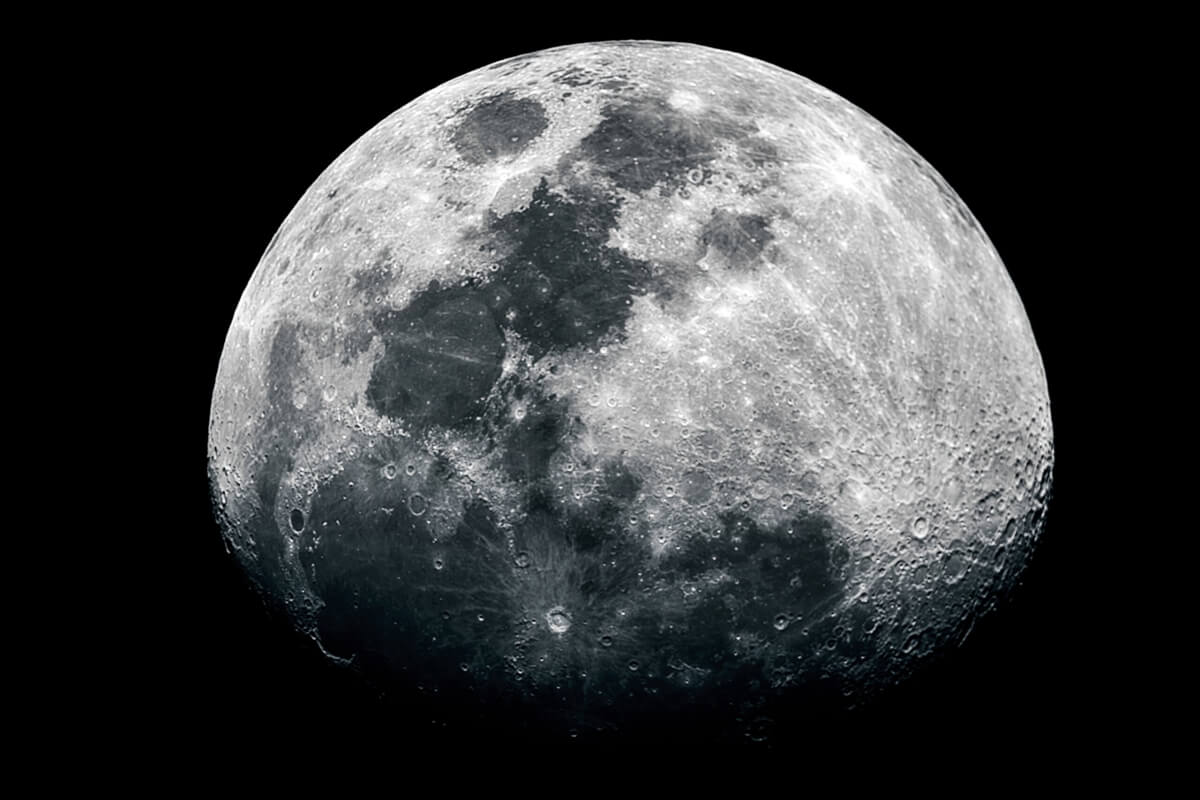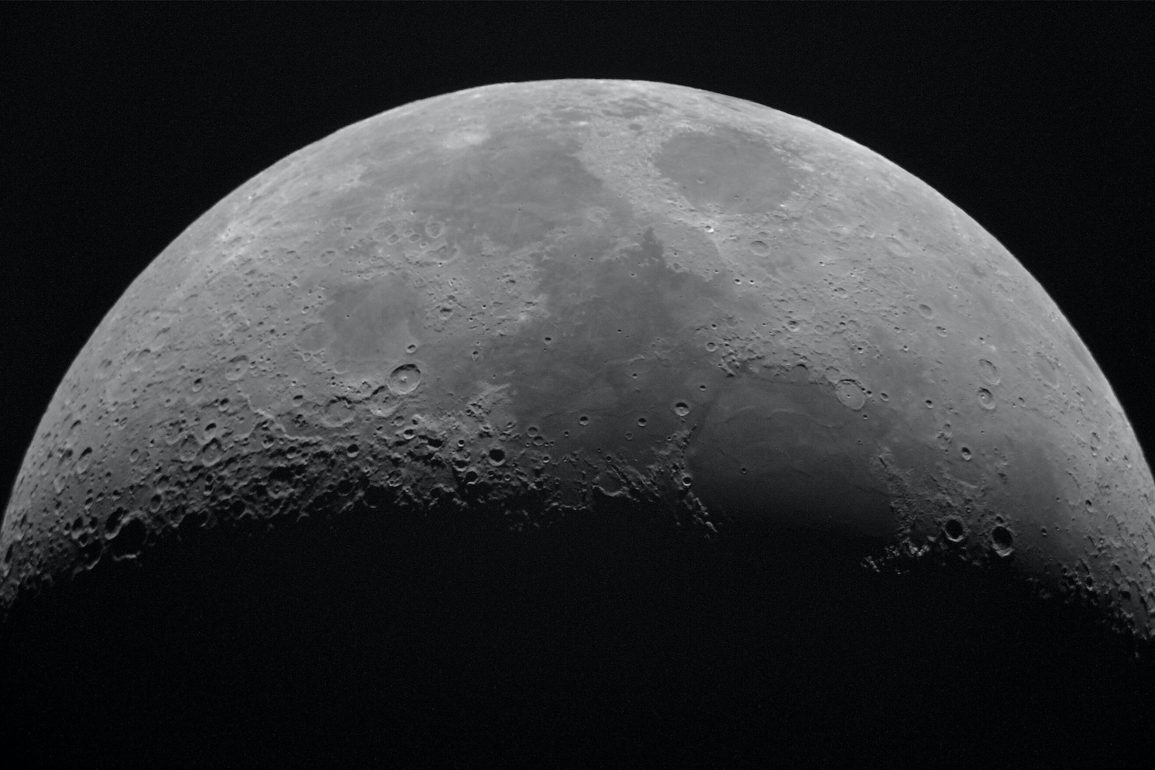The Moon, while often perceived as barren and exposed to the vacuum of space, actually possesses a very tenuous atmosphere known as the exosphere. This exosphere consists of a sparse layer of gases that, despite its thinness, persists around the lunar surface.
Understanding how the Moon maintains this exosphere has been a scientific challenge, especially since it lacks a magnetic field to confine its gases as Earth does. Without such a magnetic shield, the Moon’s exosphere could have been stripped away by solar activity long ago.
Recent discoveries have revealed the source of the Moon’s exospheric replenishment. Tiny micrometeorites, comparable to grains of dust, continuously bombard the lunar surface. These impacts vaporize lunar dust and release atoms into the surrounding space, helping to sustain the exosphere.

According to MIT geochemist Nicole Nie, this process of impact vaporization is the primary mechanism for creating and maintaining the Moon’s atmosphere, as opposed to other potential sources.
The Moon’s thin atmosphere has been difficult to study due to its diffuse nature. Previous evidence from Apollo missions confirmed its presence, but pinpointing its exact origin remained elusive. Micrometeorite impacts and a process known as ‘ion sputtering’—where solar wind particles eject atoms from the lunar surface—were suspected contributors.
Analyzing data from the Lunar Atmosphere and Dust Environment Explorer (LADEE) suggested that both processes play a role, with meteorite impacts causing noticeable increases in atmospheric atoms during meteor showers and solar wind having effects during eclipses.
To clarify the contributions of these processes, researchers analyzed lunar soil samples from the Apollo missions, focusing on elements like potassium and rubidium, which are known to vaporize under certain conditions.
By studying the isotopic ratios of these elements, scientists could distinguish between atoms ejected by micrometeorite impacts and those released by ion sputtering. The findings showed that micrometeorites contribute significantly more to the exosphere, with a ratio of impact vaporization to ion sputtering around 70:30 or higher.
These results enhance our understanding of not only the Moon’s exosphere but also similar processes elsewhere in the Solar System. By examining other celestial bodies, such as asteroids or Martian moons, for isotopic signatures of potassium and rubidium, scientists can gain insights into how these objects are affected by meteoroid bombardments and solar wind.
Ongoing and future missions, such as those planned by the European Space Agency, aim to gather such data, offering a broader perspective on space weathering across the Solar System.

